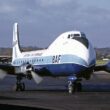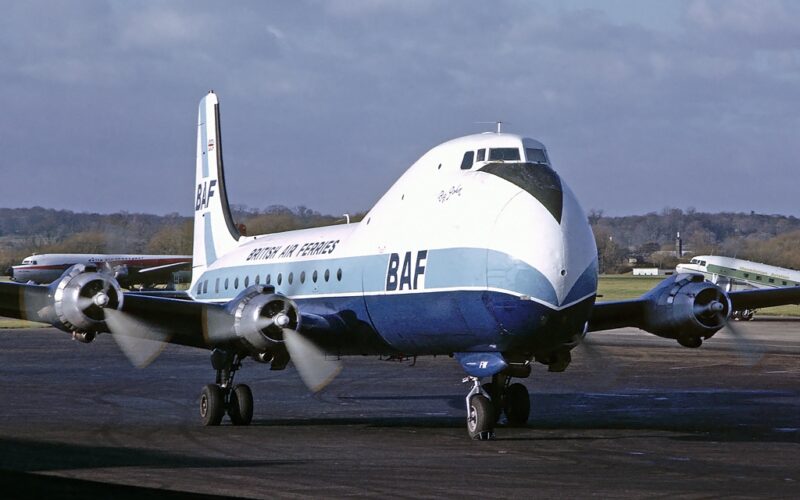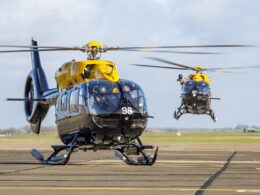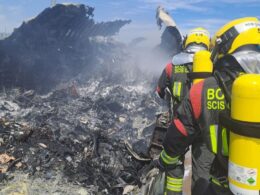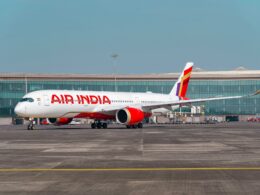It’s now almost 121 years since the Wright Brothers successfully flew the first powered aircraft. Since that momentous date, the world has seen a huge range of unique and unusual aircraft designs take to the skies. Indeed, many of these designs could have caused a casual bystander to declare, “Surely that thing can’t fly,” only for it to become airborne and prove them wrong.
One aircraft that fits this description more than most would be the Aviation Traders Limited ATL-98 Carvair. Specifically designed to carry both passengers and their cars simultaneously, the remarkably shaped British aircraft found a niche for itself in the 1960s and 1970s as a truly adaptable airliner.
However, with only a small number being built, and facing stiff competition within the markets for which it was specifically designed, the Carvair, as it became more commonly known, only managed to enjoy an abbreviated service life. This is the story of the iconic British aircraft’s introduction, service life, and ultimate demise.
Background
The Carvair – abbreviated from the phrase ‘car-via air’ – was the brainchild of the British aviation entrepreneur Sir Freddie Laker, who later established one of the world’s first low-cost airlines, Laker Airways Skytrain.
During the war years of 1941-46, Laker flew as a pilot for the Air Transport Auxiliary. Following his military service life, he worked for the fledgling airline British European Airways. However, frustrated by working for others, Laker wished to be his own boss and established his own aviation business. He borrowed £38,000 (US$50,000) and set up Aviation Traders Limited (ATL).
This company’s primary business was buying and selling surplus war aircraft and parts, although its engineering arm also began to specialize in modifying existing aircraft into dedicated freighters. Fortune favored Laker, as the timing meant that Aviation Traders was perfectly placed to benefit financially from the Berlin Airlift in 1948-49 when demand for serviceable cargo aircraft exploded.
The first aircraft developed by Aviation Traders that could be converted to carry passengers or freight in the main cabin was the ATL-90. Based on the Douglas DC-3 (of which there were plenty available), and given a tricycle landing gear, the ATL-90 was re-engined with Rolls-Royce Dart engines (as also used on the Vickers Viscount and Hawker Siddeley HS748, amongst others), and given a hinged nose section and a rear cargo loading door. This new model was named ‘The Accountant’.
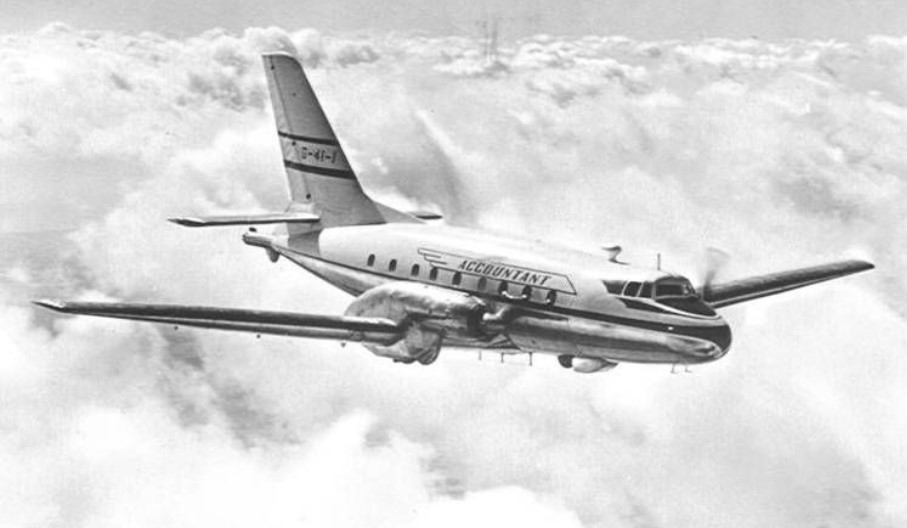
However, with fierce competition from other types such as the Fokker F27 and Handley Page Herald, the Accountant struggled to find its place and, keen not to lose everything on this one project, Laker swiftly decided to end production of it in 1959.
Fly-drive holidays are born
During the 1950s, as the demand for holidays outside the UK took off, Laker spotted a further business opportunity. In 1954, he founded the airline Channel Air Bridge. This carrier specialized in ferrying both cars and their passengers across the English Channel for holidays in France and beyond, just as the desire for foreign holidays was burgeoning. Automobile ownership had also continued to rise throughout the 1950s and as such, more adequate methods were required to move cars between the United Kingdom and mainland Europe.
Initially, the airline operated the Bristol 170 Freighter, which could carry passengers and their cars on the same flight. The Bristol Freighter had a sliding ramp in the fuselage nose, but suffered from a limited loading capacity, accommodating only three vehicles per flight. As such, the modern cars of the time couldn’t fit effectively, given the freight hold’s restricted proportions. By 1958, Laker had decided that the airline needed something larger for its expanding cross-channel operations.
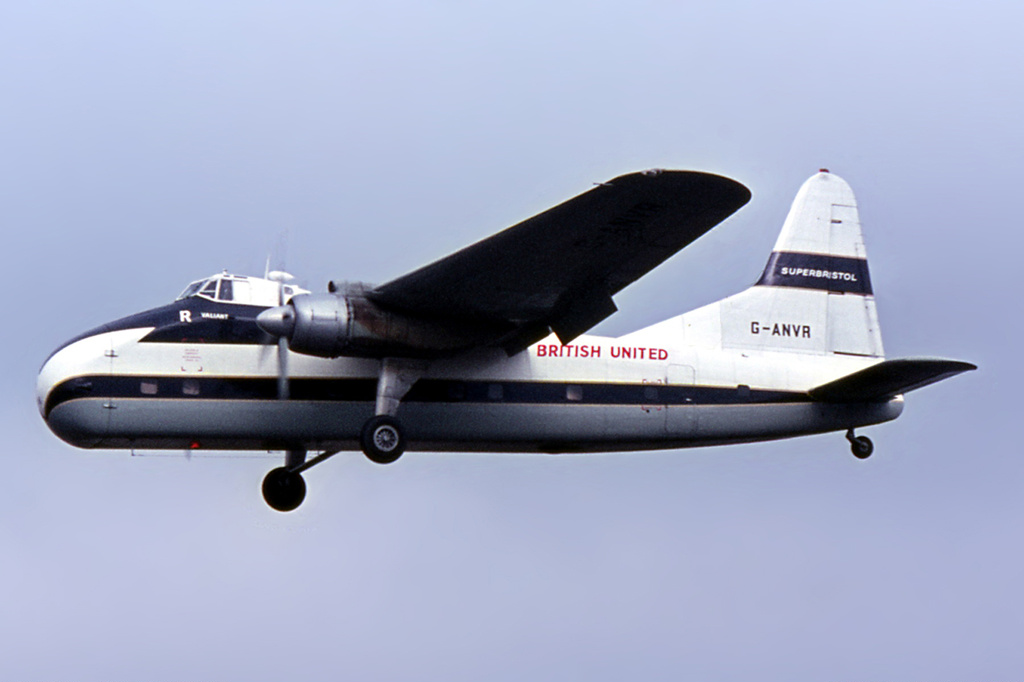
As a superior replacement, Laker chose to redesign an existing airplane type, enlarging the nose to provide an effective solution to the capacity issue. This would be a useful way to meet the growing demand without being as expensive as designing a brand-new aircraft type.
The result of this development was the ATL-98 Carvair. The aircraft proved far more successful than its predecessor, The Accountant, and gave Channel Air Bridge the capacity it required as demand for car-via-air services to France increased.
Guide to the ATL-98 Carvair
The Douglas DC-4 was selected as the platform for conversion into the ATL-98 as there were still plenty of surplus aircraft following the war. This type was initially developed as a four-engine transcontinental airliner, but following the introduction of jet-powered aircraft, the DC-4 had quickly become obsolete on such routes. Consequently, ATL could obtain airworthy, used DC-4s aircraft for rock-bottom prices.
The most significant part of the conversion involved replacing the entire fuselage forward of the wings with a new nose section. The new structure included a large side-opening nose door to enable the quick loading and unloading of vehicles. It also incorporated an entirely new flight deck, raised above cabin level, resulting in an unobstructed cargo space from nose to tail.
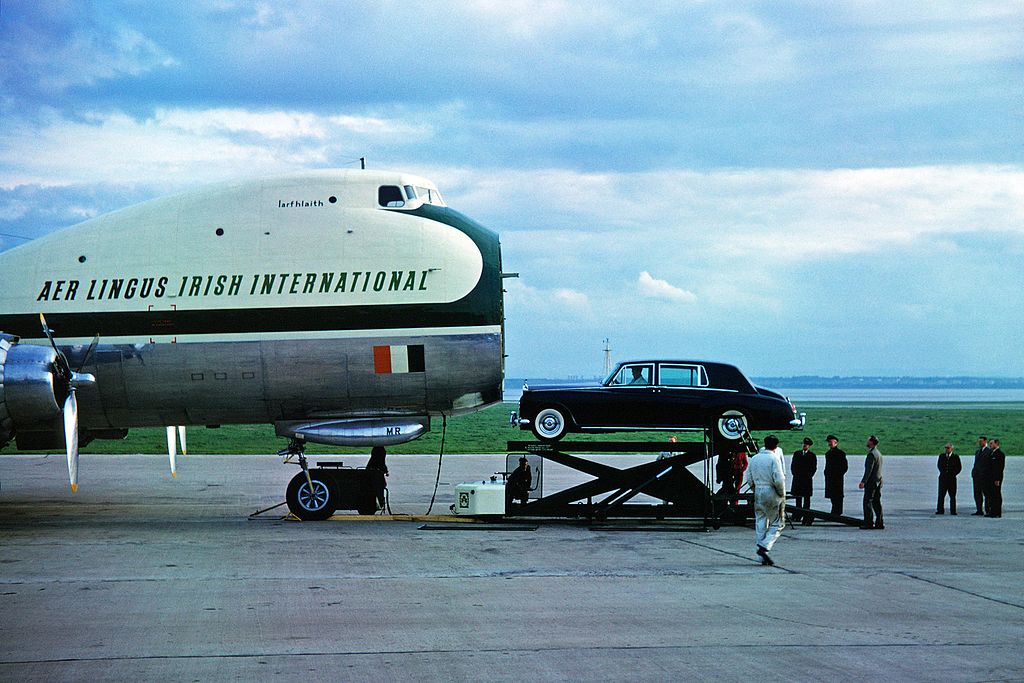
With its elevated cockpit, the ungainly Carvair bore a vague resemblance to the Boeing 747, which would follow in years to come. When used on dual car-carrying/passenger missions, vehicles would be elevated to cabin level with a scissors-type lift and loaded through the front door, while passengers would sit at the back of the plane, exactly as in a more conventional airliner.
Service History
The Carvair first flew on June 21, 1961, and was operated by either two or three flight crew members and powered by four Pratt & Whitney R-2000-7M2 Twin Wasp 14-cylinder radial engines. Its three-bladed Hamilton-Standard Hydromatic propellers allowed the Carvair to reach speeds up to 250 mph (400 km/h), while the aircraft offered an impressive range of 2,000 nautical miles (3,700 km).
The Carvair could generally accommodate five cars in the forward section and 22 passengers in the rear cabin. However, uniquely for the time, the passenger area could be adapted swiftly to meet the varying requirements of potential customer airlines. For example, it could carry just three cars and 55 passengers or be converted to carry either just cargo or only passengers. In a passenger-only configuration, the Carvair’s non-pressurized cabin could accommodate up to 85 passengers.
In this regard, the type could be seen as something of a predecessor to the ‘Combi’ passenger/cargo jets of the late 20th century.
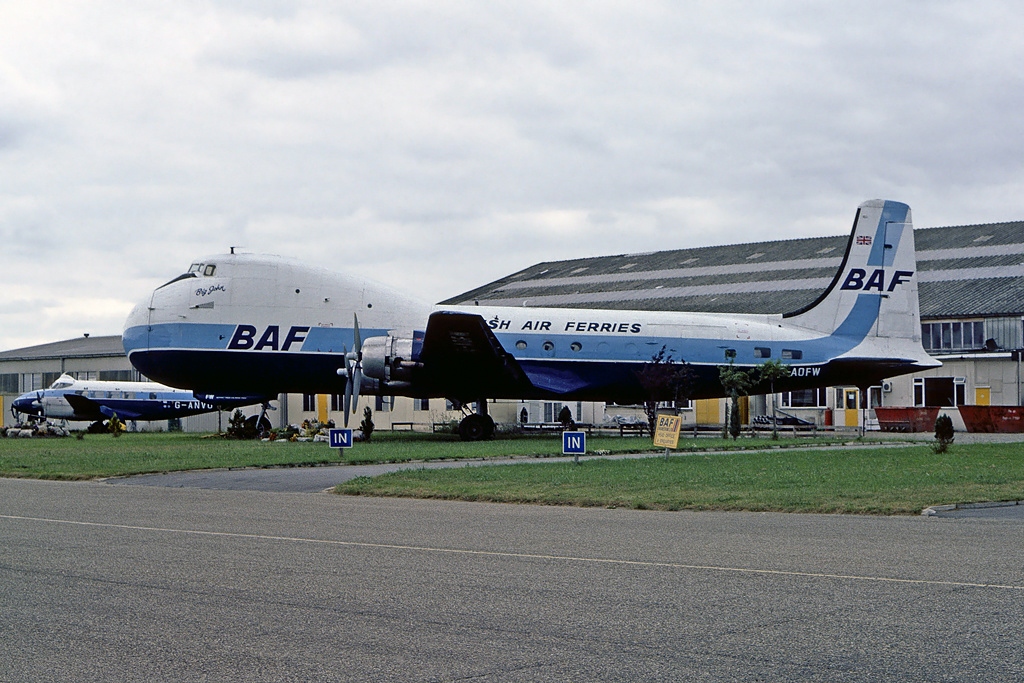
Laker’s own airline, Channel Air Bridge, introduced the Carvair in February 1962, operating up to 24 daily roundtrip flights from Southend Airport (SEN), near London, to Calais (CQF) in northern France, Ostend (OST) in Belgium, and Rotterdam (RTM) in the Netherlands.
Eventually, the Carvair’s route network would stretch deeper into continental Europe with Channel Air Bridge taking advantage of the aircraft’s useful range capability. The type could be found at airports in Strasbourg (STR) on the French-German border, as well as in Geneva (GVA) and Basel (BSL) in Switzerland.
Spanish domestic airline Aviaco used Carvairs on its regular car-carrying air shuttle between the Balearic Islands and the Spanish mainland. Irish carrier Aer Lingus used its fleet of three Carvairs to fly car-carrying services between Ireland and Liverpool (LPL) and Bristol (BRS) in the UK, as well as Cherbourg (CER) in France. The airline’s Carvairs were also used on regular night cargo flights between the Irish mainland and several UK airports.
Later, a range of other operators found niche uses for the distinctive Carvair, including British Air Ferries and the United Nations which used a single example in the Democratic Republic of the Congo.
Fate of the Carvair
The eventual demise of the car-via-air market, as better sea connections were established, compounded by the constant need for extensive maintenance, led to a decline in the Carvair’s popularity. Despite this, the type continued to operate as dedicated freighters for several niche cargo operators located worldwide, from New Zealand and Australia to the US, Europe, and Africa.
In total, 21 DC-4 aircraft underwent the lengthy conversion process to become Carvairs between 1961 and 1968. British United Air Ferries was the largest customer, with 18 deliveries off the production line, while Australia’s Ansett took on the remaining three. From 1962, as more and more conversions were completed and as the 21 production aircraft were traded, the head-turning Carvair could be seen in the skies around the world more and more. One example even made it onto the silver screen, appearing in the classic 1964 James Bond movie, ‘Goldfinger.’
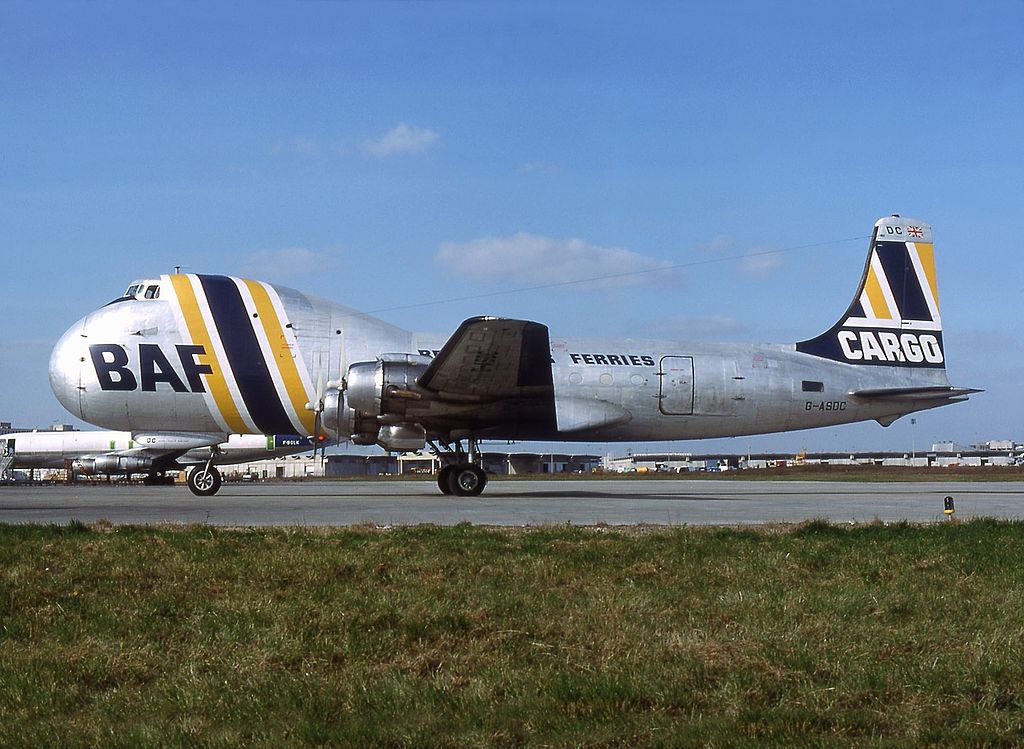
Sadly, the end of the Carvair story is not a happy one. The type suffered a rather high rate of losses, with eight airframes being written off in flying accidents, costing the lives of 11 crew members. Many of the remaining aircraft were scrapped.
Carvair survivors
By 1997, only four of the original 22 Carvair conversions remained. One of these (registered N103) was lost that year near Fairbanks in Alaska when a major engine fire caused the crew to carry out a forced landing on a sandbank in the Chandalar River. In 2007, a further example was lost, also in Alaska, when aircraft N898AT crashed upon landing at Nixon Fork Mine near the town of McGrath.
Of the remaining two airframes, one is Zambian-registered 9J-PAA which was the 21st and final Carvair to be produced. This aircraft remains in long-term storage at Rand Airport (QRA) on the outskirts of Johannesburg, South Africa. The aircraft belongs to Phoebus Apollo Aviation, a locally based flight training school, and can still be seen via Google Earth in a storage area at the airport close to the South African Airways Museum. It last flew in 2005, and its current airworthiness status is unknown.
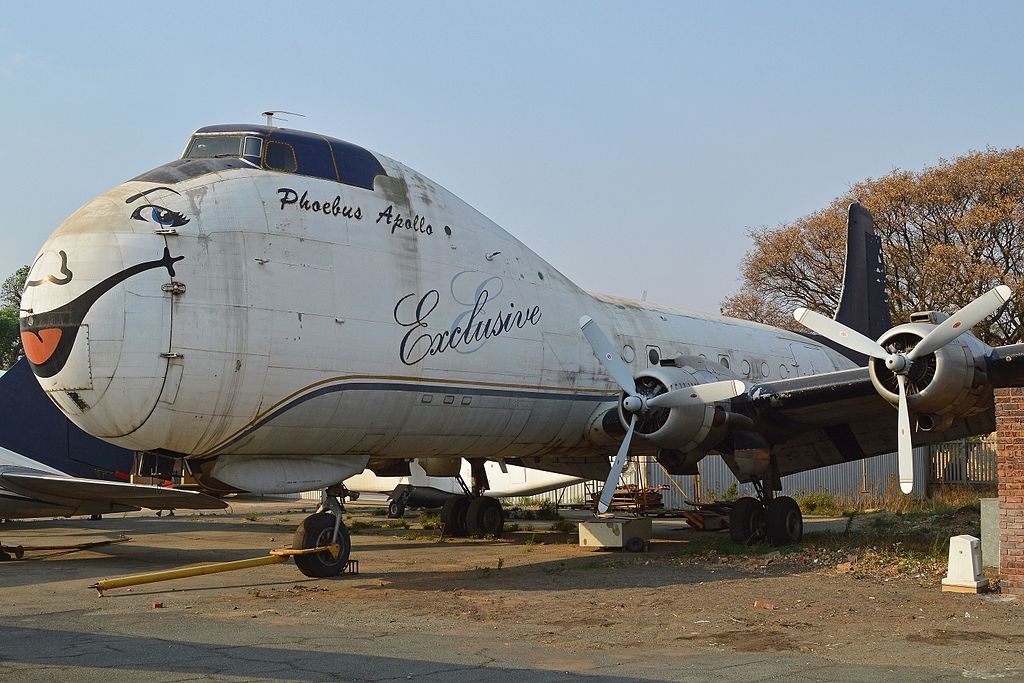
The sole remaining Carvair is N89FA which is believed to still reside at Gainesville Airport in Texas. Records show that this aircraft remains owned by an organization called South African Air Lease LLC and held valid registration documents as recently as the end of March 2024. The most recent photos of the aircraft posted online show it largely intact, with four engines still apparently installed on the airframe.
Conclusion
The Carvair failed to become a major seller in the wider commercial market for several key reasons. Firstly, quicker and more efficient sea transport options became available on most of the routes served by Carvairs (especially between the UK and northern Europe), and so the type’s niche market quickly eroded.
Additionally, as increasing numbers of jet aircraft were introduced throughout the 1960s making journey times faster and cheaper for passengers, the Carvair’s unique ability for quick point-to-point travel was lost.
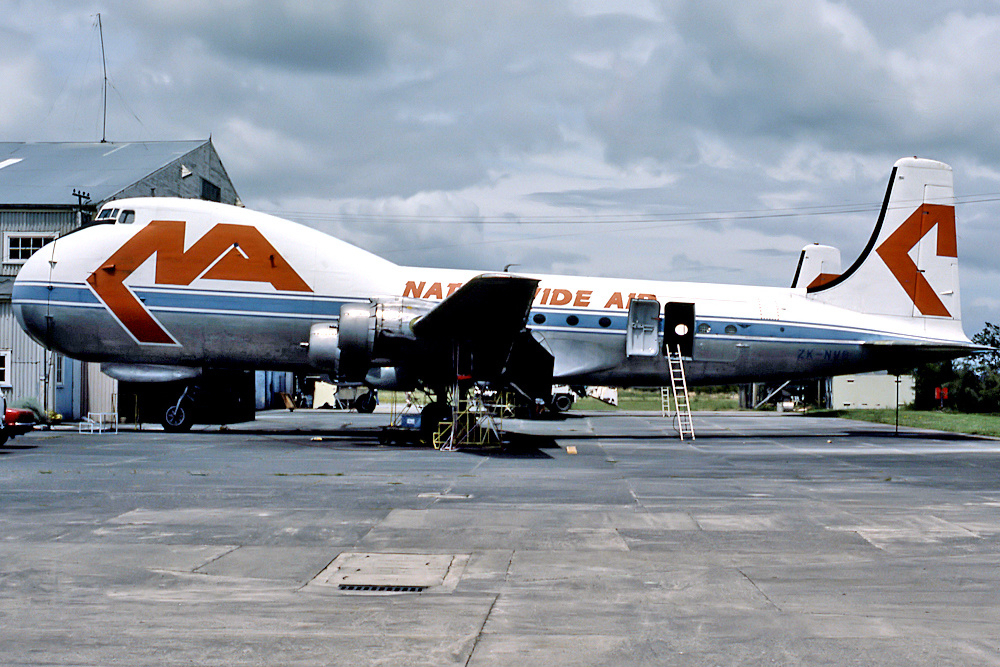
Lastly, with high maintenance costs, particularly relating to its four-piston radial engines, plus its poor safety record, the Carvair’s attractiveness to operators in its target market quickly dwindled.
That said, for a period, the Carvair was ideal for the market segment for which it was first designed and built. Furthermore, its adaptability, alongside its uniqueness and charismatic yet ungainly design, means that the Carvair remains an important part of global aviation history, and the plane still holds a special place in the hearts of many aviation enthusiasts worldwide.

